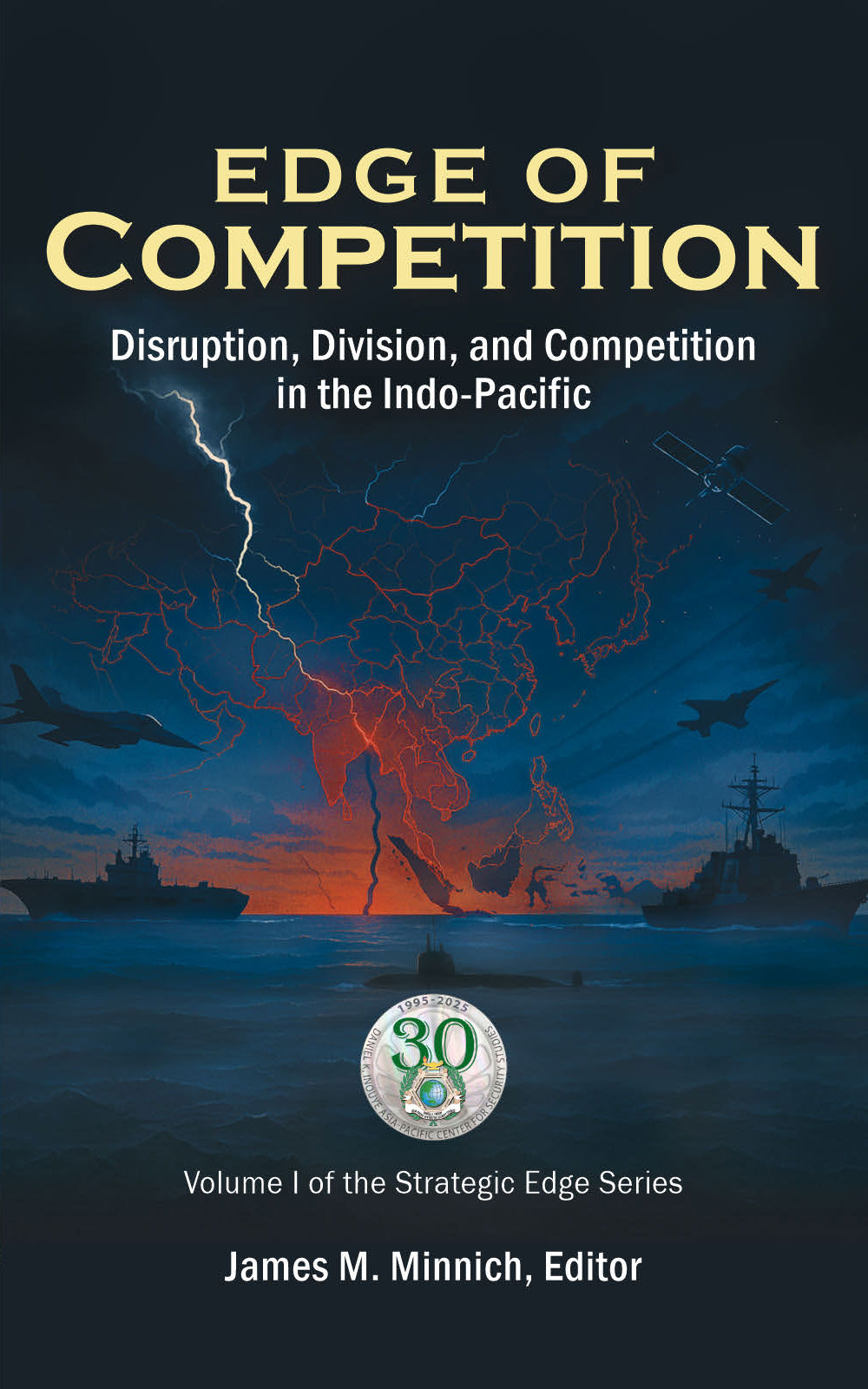Chapter 6
China’s Nuclear Rise
Bill Wieninger
Rational leaders took us to the brink of nuclear annihilation; that peril still exists today.
— Robert S. McNamara, U.S. Defense Secretary, 1961–1968
Interview in The Fog of War, 2003
Introduction
Tensions between the United States and the People’s Republic of China (PRC) have sharpened under Xi Jinping, as long-simmering flashpoints—especially Taiwan and the South China Sea—move to the center of great-power rivalry. Compounding the risk is Beijing’s breakneck nuclear expansion. Satellite imagery released in 2021 revealed three vast missile-silo complexes in Gansu, Xinjiang, and Inner Mongolia, each capable of hosting scores of solid-fuel intercontinental ballistic missiles (ICBM). In 2024, the Stockholm International Peace Research Institute (SIPRI) projected that, if construction continues, the People’s Liberation Army Rocket Force could field ICBMs in numbers comparable to the U.S. arsenal by about 2030, even though Washington will still retain a far larger warhead stockpile. These developments warrant scrutiny.
This chapter explores how these shifts affect U.S. deterrence strategy, emphasizing the value of a secure second-strike capability. Next, it considers possible motivations behind China’s nuclear expansion. It then examines lessons from the Russia-Ukraine war, particularly regarding nuclear signaling, escalation thresholds, and deterrence credibility. The chapter concludes with policy recommendations for the United States, aimed at preserving stability in the Indo-Pacific.







